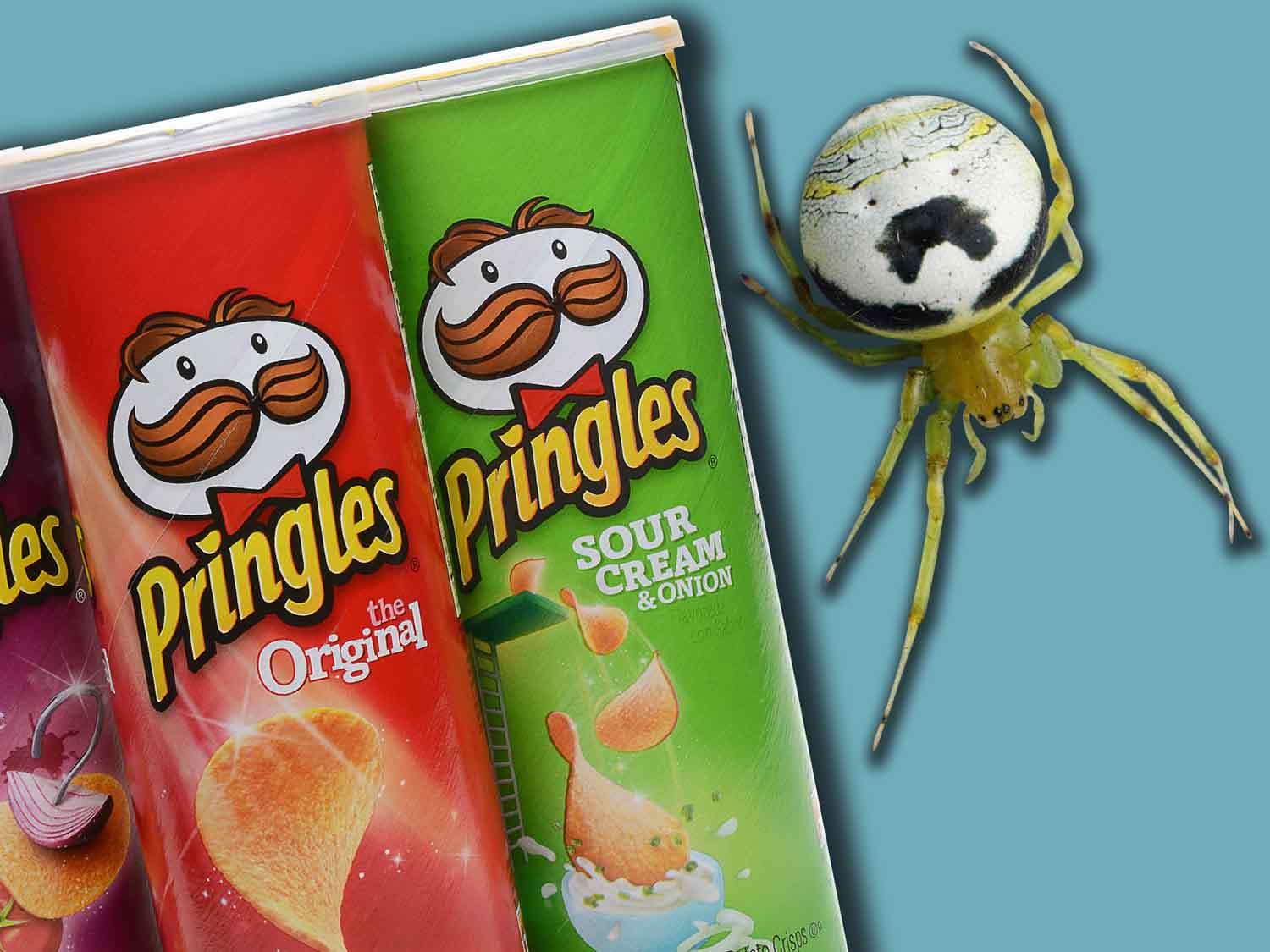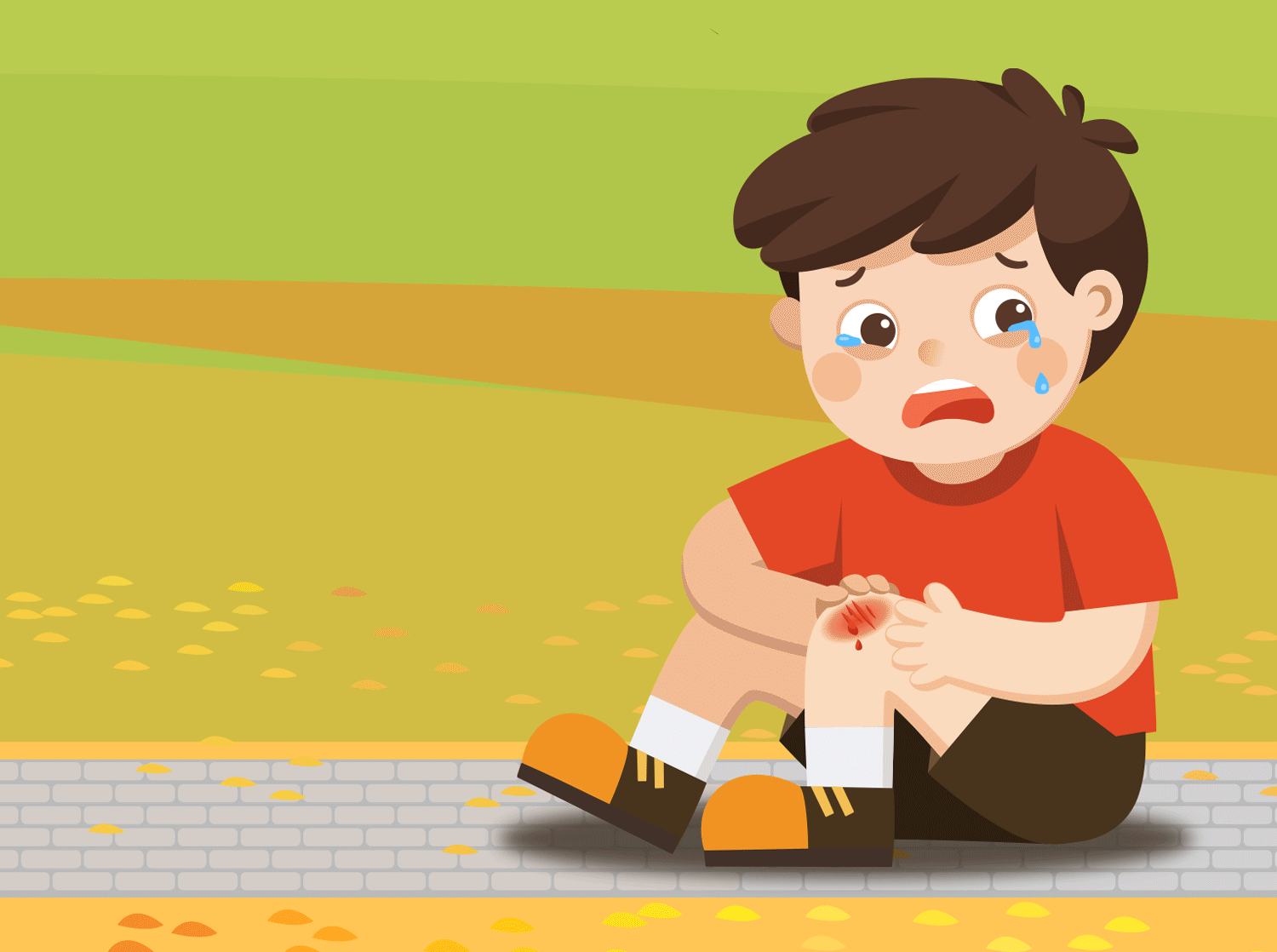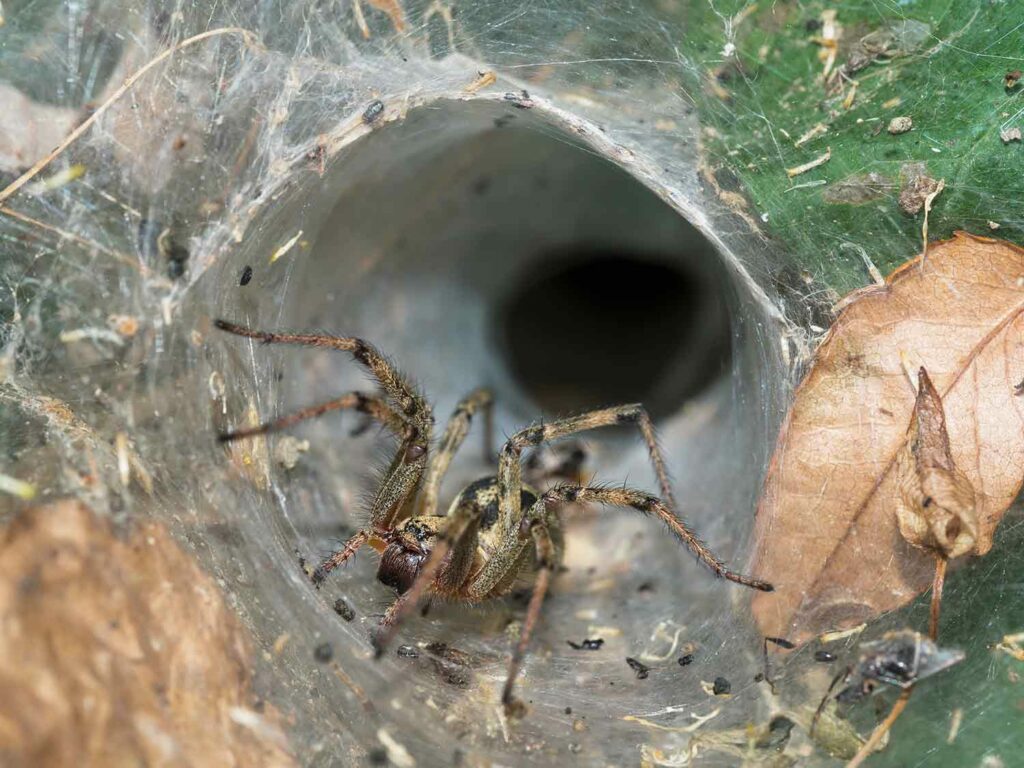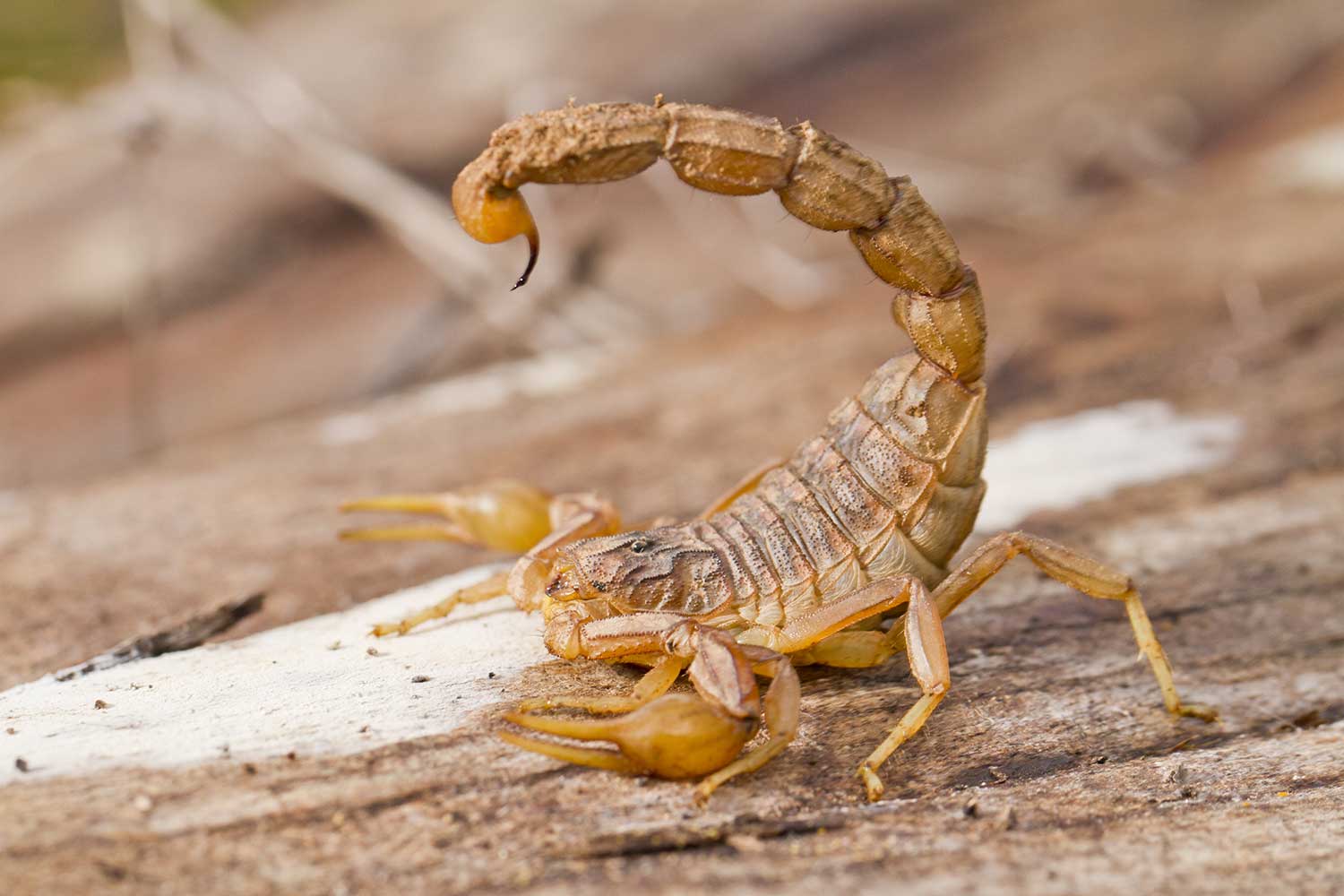Spider, You Look Familiar…
Does this spider look like the face on a can of Pringles potato chips? The people at Pringles think so!

© ePhotocorp/Dreamstime.com, © Steve Cukrov/stock.adobe.com; Photo illustration Encyclopædia Britannica, Inc.
Which one is which??
There’s something funny about the kidney garden spider. The markings on its back look like a face with a thick mustache! It’s not just any face, though. It appears to be the face of the man on cans of Pringles brand potato chips. Now, the people at Pringles want the spider species to have a new name: the Pringles Spider.
Pringles has posted an online petition to try to get the kidney garden spider renamed. A petition is a form that people can sign to show they want something to happen. The Pringles petition says, “We’re [asking] the arachnid community to do what’s right and recognize this very real spider as the Pringles Spider.” (An arachnid is an eight-legged animal with a body in two parts.)
It’s not likely the kidney garden spider cares what it’s called. After all, it would rather eat a bug than a potato chip. The spider, which is found in South, East, and Southeast Asia, catches its meals by building a circle-shaped web called an orb web. It places a curled-up leaf at one end of the web and builds a silky “roof” for the leaf. Then, it creeps under the roof and hides. When prey lands on the web and tries to get untangled, it makes the web vibrate. Feeling the vibrations, the spider rushes out to get its meal.
And why is it called the kidney garden spider? It often lives in gardens, and its two large markings are shaped like kidneys.
Still, there are plenty of people who think the spider should be named for Pringles instead. Thousands of people signed the Pringles petition in the first week after it was first posted.
The public doesn’t get to make the final decision, though. Scientists give animals their names. So far, “the arachnid community” hasn’t commented.







